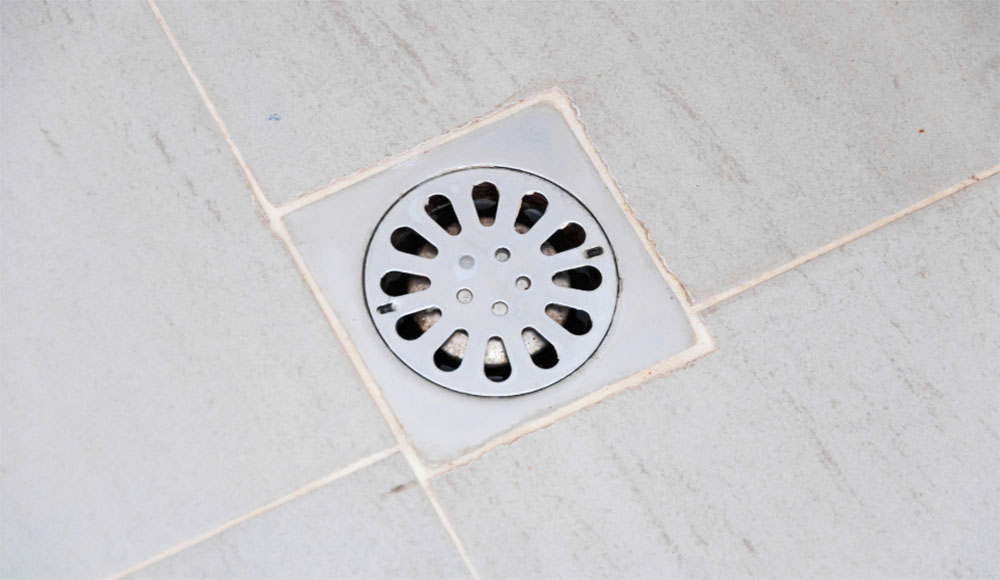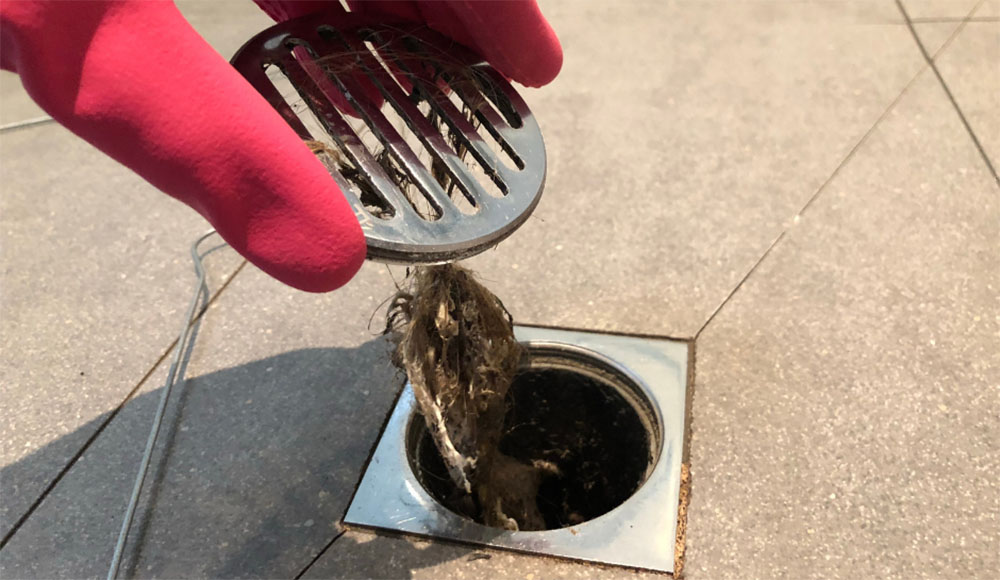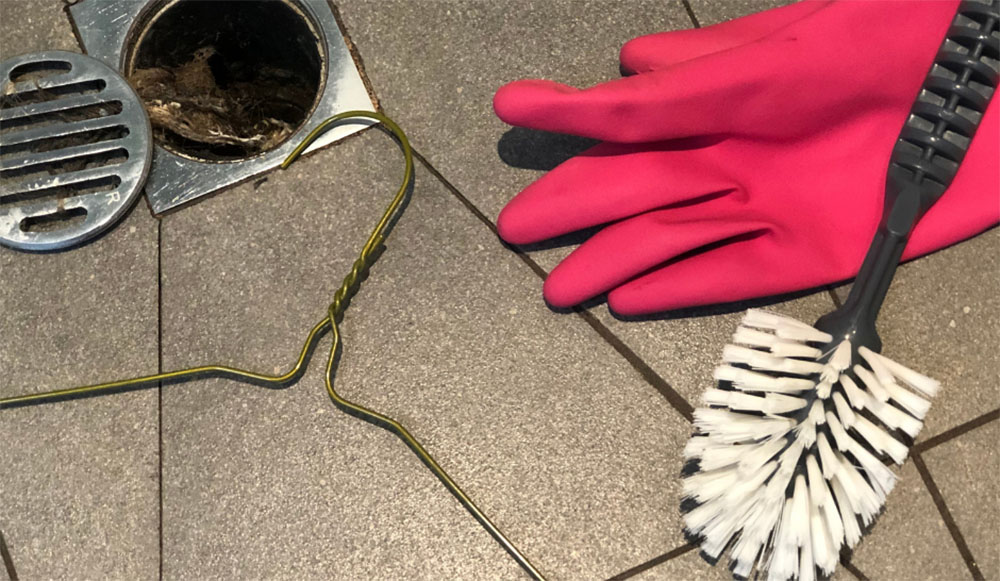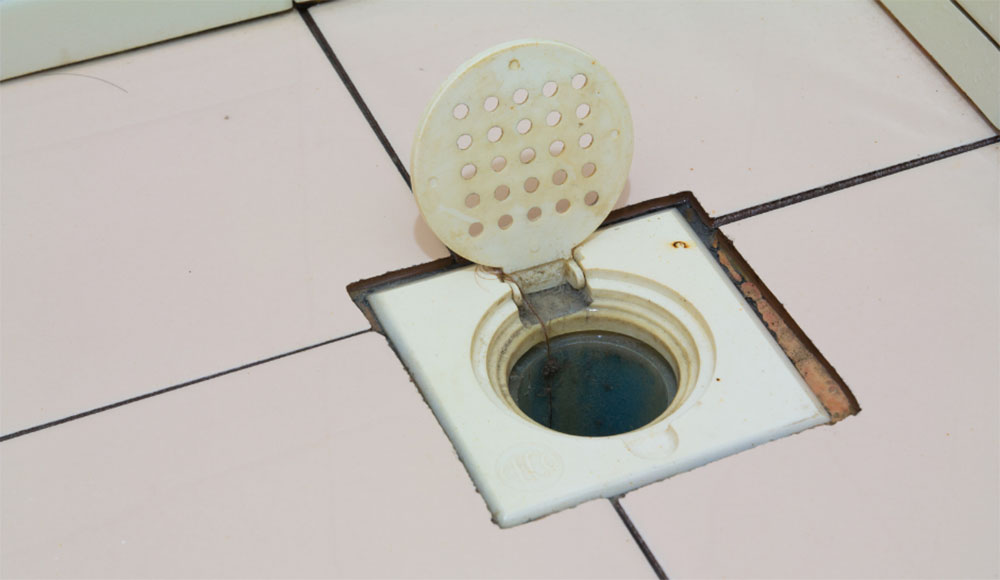Could there be anything worse than going to run a highly anticipated hot bath after a long day of work to be greeted by a couple of drain worms relaxing by your plug? The answer is a definite no.
Not only do you know how to deal with removing the drain worms from your bathroom but also find the source of where the drain worms are coming from before you can even consider taking your bath.
It can be difficult to locate the source of where your drain worms are coming from (small hint, it’s probably the drains) so you know what area to tackle to hopefully get rid of them for good.
Not tackling the issue of drain worms straightaway can be harmful as they can spread harmful bacteria around your bathroom without you knowing, if not dealt with, mature drain worms will become adult flies and you’ll then have an annoying fly problem in your bathroom.

So it’s recommended you deal with these drain worms as soon as you notice a problem and this article will show you how to effectively tackle them.
What Are Drain Worms?
Drain worms are fly larvae from species such as sewer flies or drain flies that have laid eggs. The worst thing about drain worms is that they have a relatively short life span, so when eggs have been laid the larvae will hatch within 48 hours, and then 3 weeks later they can mature into adult flies.
This means if the drain worms have gone unnoticed in your bathroom or sink area, then you could potentially find the problem when they’re in their adult stage.
You’ll most commonly find drain worms/drain flies in moist areas of your home where there is organic matter, such as sinks, toilets, shower drains, compost heaps, and even around old mop heads.
How To Get Rid Of Them: 8 Effective Solutions
Follow our solutions to get rid of the drain worms inside or outside your home, some solutions may need to be paired up with another one to achieve the best and most effective results.
1. Unclog And Clean The Drain Filters
One of the most common culprits for drain worms is filters that have become clogged due to hair, debris, or food waste. To see if your filters are clogged, add a large amount of water down the train to see how quickly it drains, if it’s very slow then there’s a good chance they could be blocked.
First, try using a plunger to unclog the drain, the water will begin to drain quickly once you have unclogged it.

If that doesn’t work, then you’ll want to try unclogging it by pouring hot (not boiling) water down the drain as this will kill the organisms immediately and also make the conditions uninhabitable for them.
You can also finish off by pouring some white vinegar down there to ensure that any remaining larvae have been eliminated.
You may need a screwdriver to unscrew the drain cover to be able to access the drain and filter to clean and unclog it.
2. Check Your Outside Area
The drain worms could also be gathering and entering your home from outside due to a build-up of water in gutters or even a compost pile that’s near the drainage area in your home.
Try cleaning out your gutters regularly to make sure there’s no build-up of grime, water, or organic matter such as soil that has been transferred by birds.
Keep existing compost piles as far away from your home as possible to ensure they cannot travel inside your plumbing system.
3. Check Your Plumbing System
Drain worms can also be caused by an issue with the plumbing system where organic matter or stagnant water cannot be moved out of your home and drain worms will be attracted to this area.
If you’re unsure of where the problem lies, it may be a good idea to get a plumber in to check everything out and make sure everything is working properly.
4. Try Using A Plumbing Snake
If you think drain worms have come from a build-up of grime or organic matter in your sink, or you’re looking to prevent them from returning then try using a plumbing snake to clear through the build-up and destroy their habitats.
It may be useful to also finish this step with hot water and vinegar.
5. Clean & Sanitize Your Surfaces
There’s a strong chance that the mature drain flies have laid eggs on your surface without you even noticing so make sure to use strong chemicals (bleach is recommended) on your surfaces and around the affected areas to kill any eggs.

This is particularly important in bathrooms areas as you may be touching surfaces frequently and may transfer the harmful bacteria to your face.
6. Use An Insecticide
If the drain worms are still growing larvae and not mature flies, then you can spray insecticide down the drain and around the filter area to kill them.
This may be more difficult to do if the drain worms have matured into adult flies as you may not be able to accurately target them.
7. Keep The Moisture Levels Down
Drain worms and flies are attracted to moist areas which is why you’ll often find them in the bathroom or kitchen areas. To make your home an uninhabitable breeding ground for them, try to use a dehumidifier or leave the windows open to remove moisture from the air.
8. Kill The Flies
If you’re not overly keen about spraying insecticide all around your affected areas to kill the drain flies, then you may find it easier to use a fly swat to kill them and then treat the affected area with enzyme drain cleaner to kill off larvae so they cannot mature into flies.

